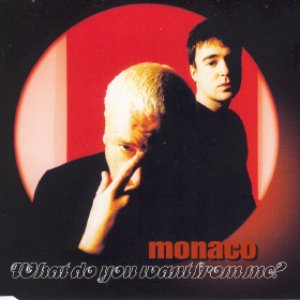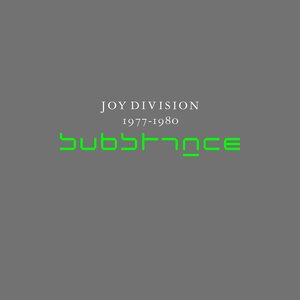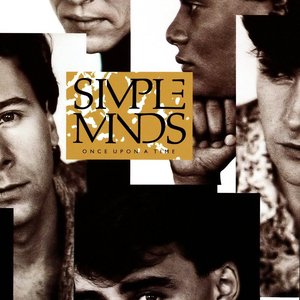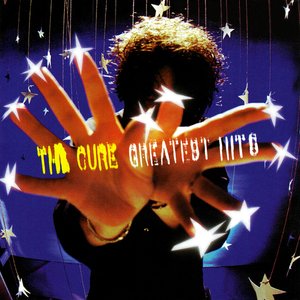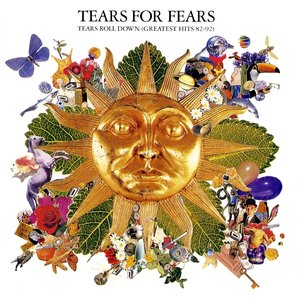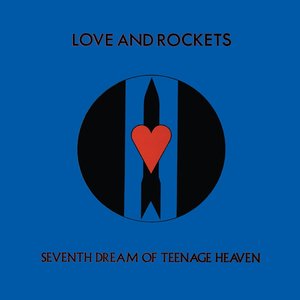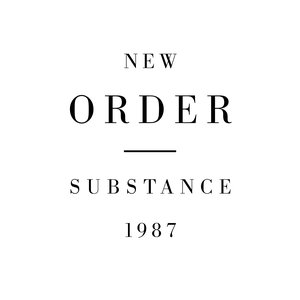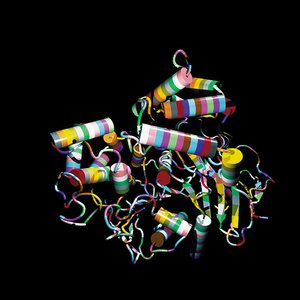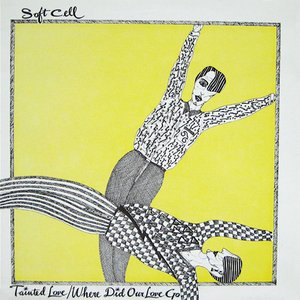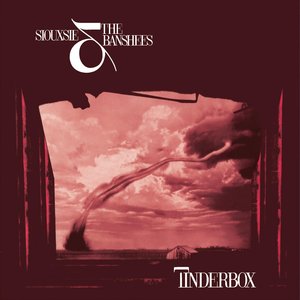Wiki
-
Release Date
1 January 1983
-
Length
8 tracks
Power, Corruption & Lies is the second album by Manchester band New Order, released on 2 May 1983. The album achieved more widespread popularity than any of the band's previous releases, including those of previous band Joy Division. The music is more electronic-based than previous albums, with heavy use of synthesizers. In 1989, it was ranked #94 on Rolling Stone magazine's list of the 100 greatest albums of the 1980s.
In 2008 the album was re-released in a Collector's Edition with a bonus disc.
Peter Saville's design for the album had a colour-based code to represent the band's name and the title of the album, but they were not actually written on the sleeve itself (they were, however, present on the North American sleeve). The decoder for the code was featured prominently on the back cover of the album and can also be used for the "Blue Monday" and "Confusion" singles. Saville also used it on Section 25's album From the Hip, which is in many ways aligned stylistically with Power, Corruption & Lies and produced partly by New Order's Bernard Sumner.
The cover is a reproduction of the painting "A Basket of Roses" by French artist Henri Fantin-Latour, which is part of the National Gallery of London's permanent collection. The art director Peter Saville intended to create a collision between the overly romantic and classic image which made a stark contrast to the typography based on the modular, colour-coded alphabet he created solely for the band. It is also said that the owner of the painting (The National Heritage Trust) first refused Factory Records access to it. Tony Wilson, the head of the label, then called them up to ask who actually owned the painting and were given the answer that the Trust belonged to the people of Britain, at some point. Wilson then famously replied "Well, the people of Britain now want it". The title of the album was chosen by Bernard Sumner from a 1981 conceptual art exhibition in Cologne, Germany. On the opening night of the exhibition the artist Gerhard Richter vandalized the exterior of the Kunsthalle by spray painting the text, "Power, Corruption, and Lies"
Album descriptions on Last.fm are editable by everyone. Feel free to contribute!
All user-contributed text on this page is available under the Creative Commons Attribution-ShareAlike License; additional terms may apply.

